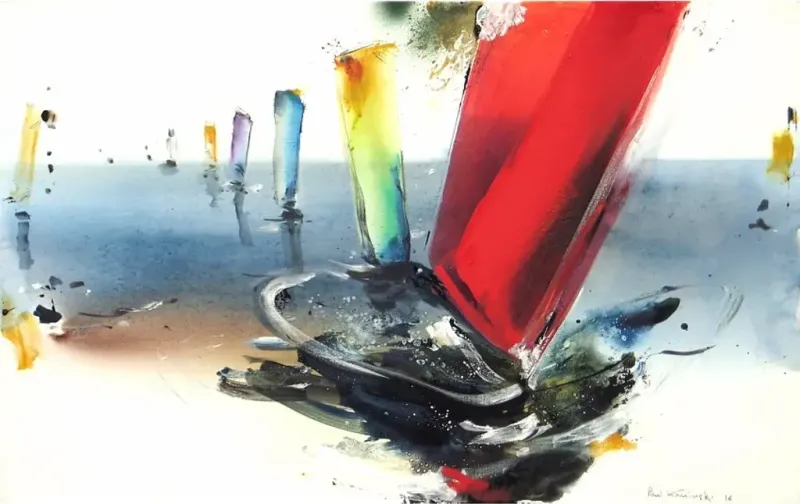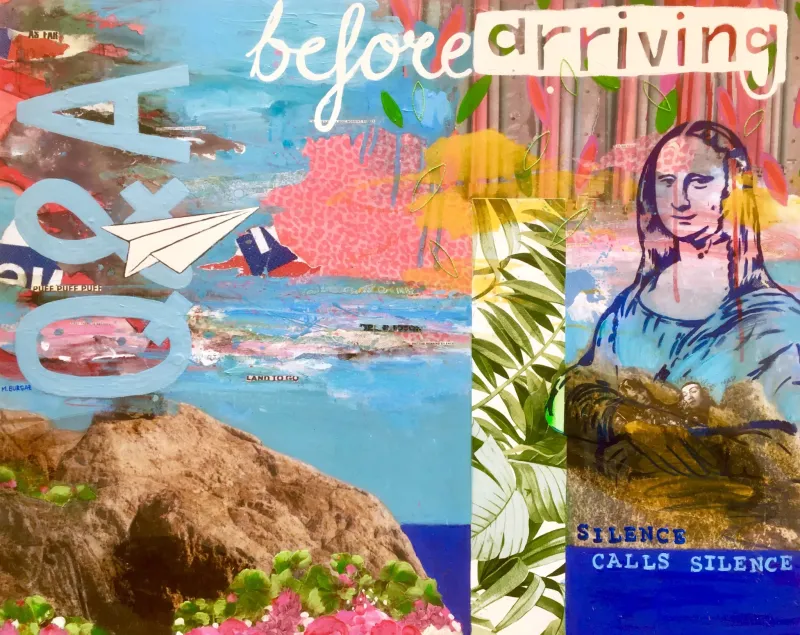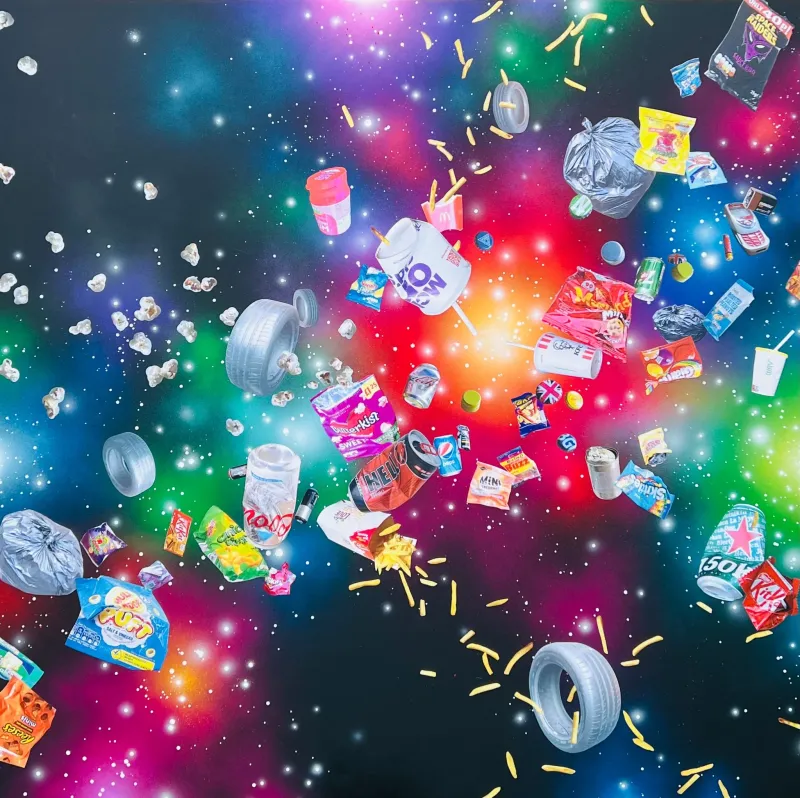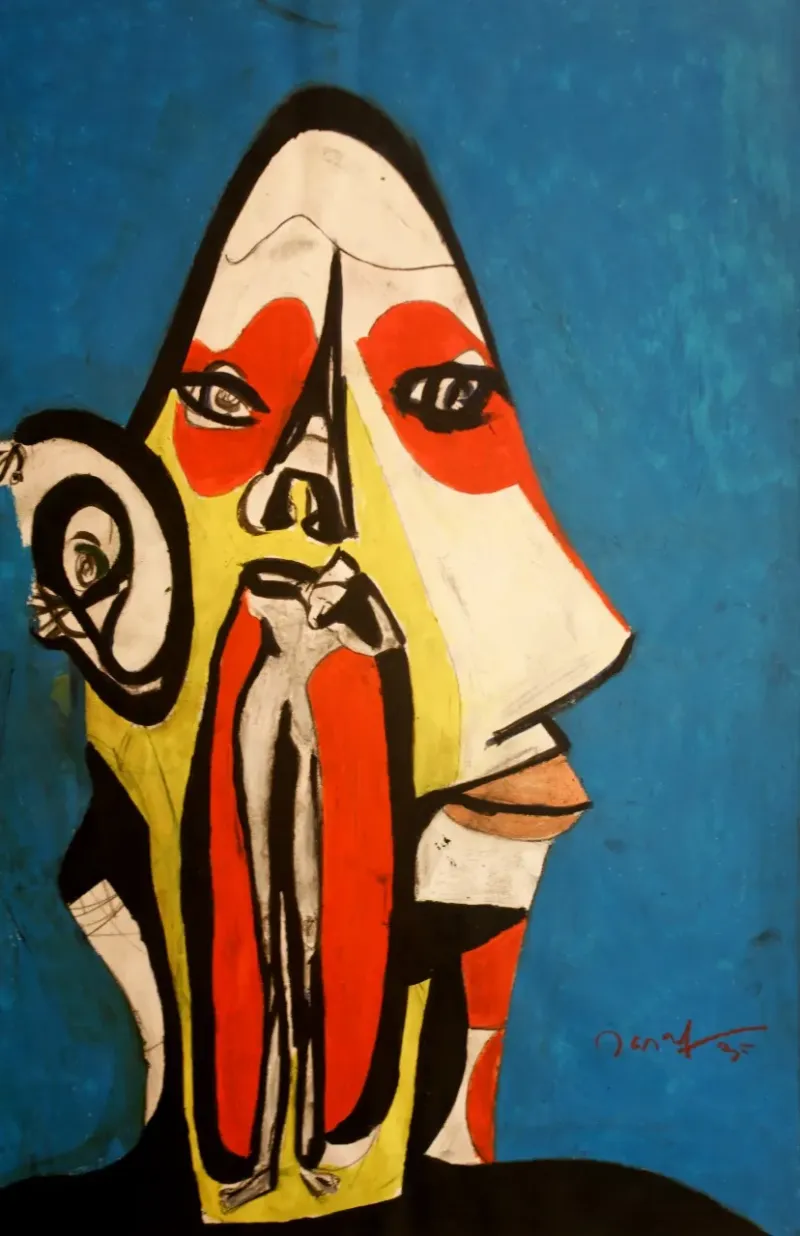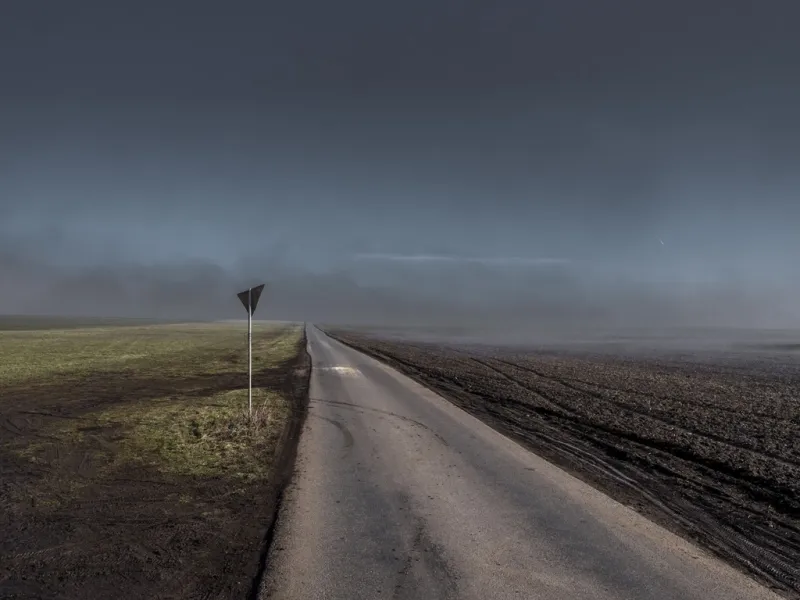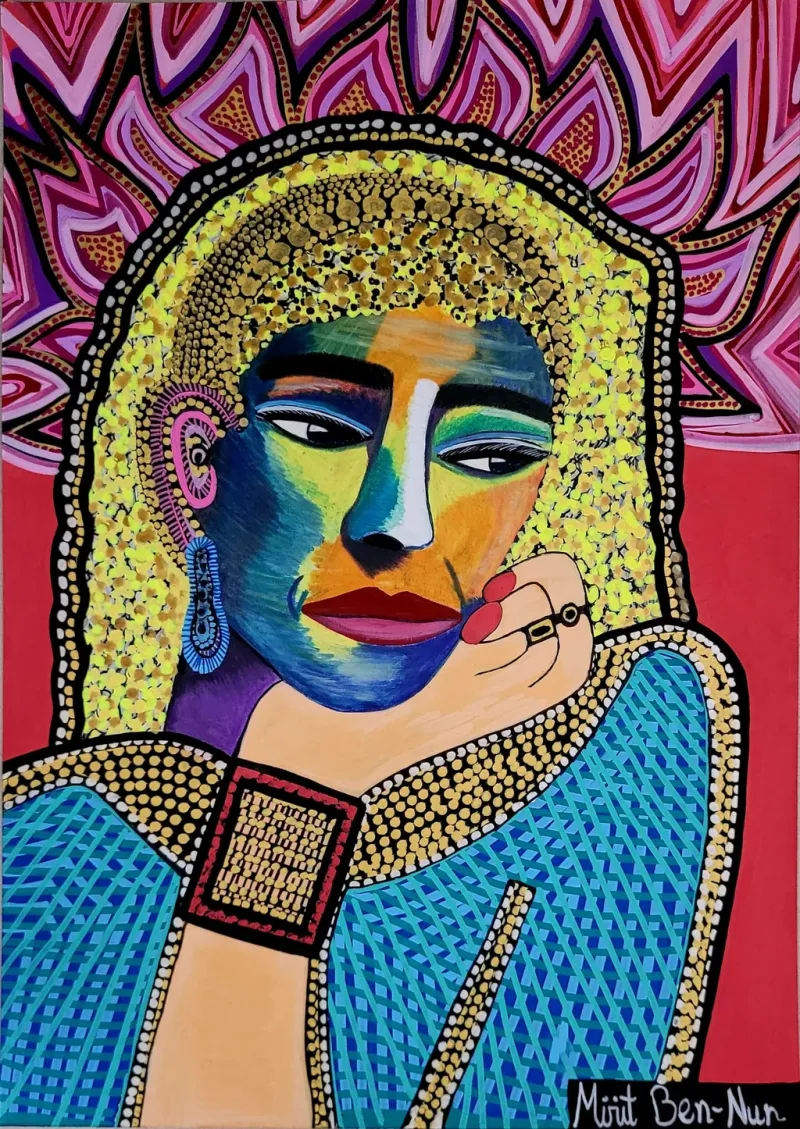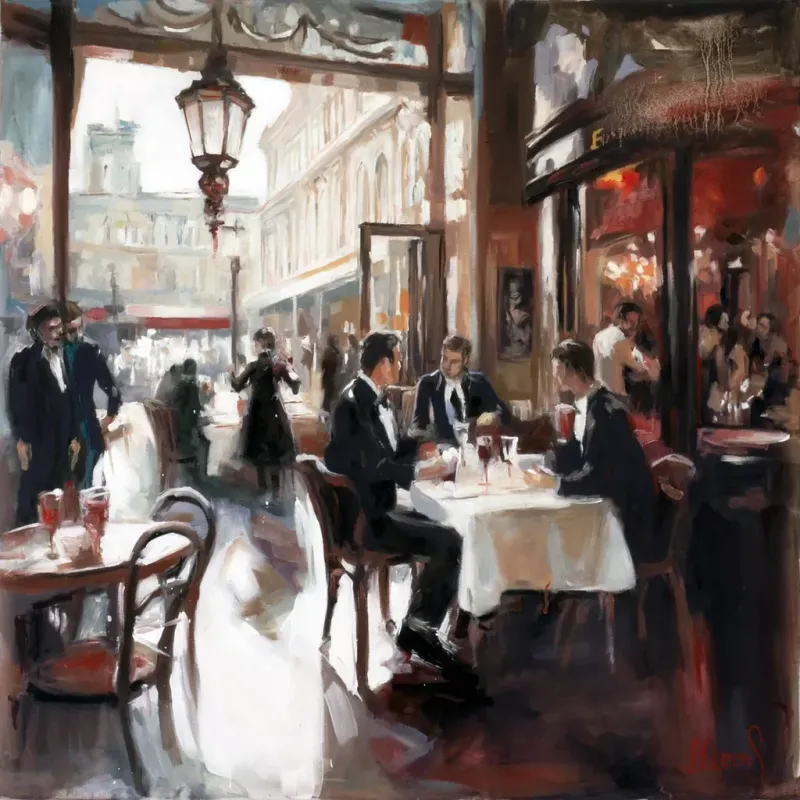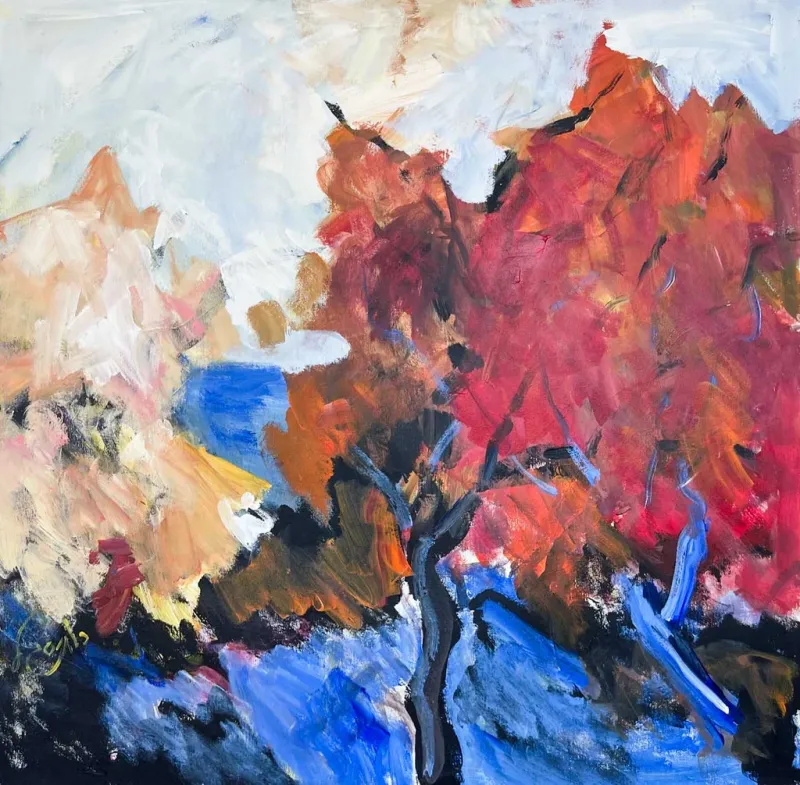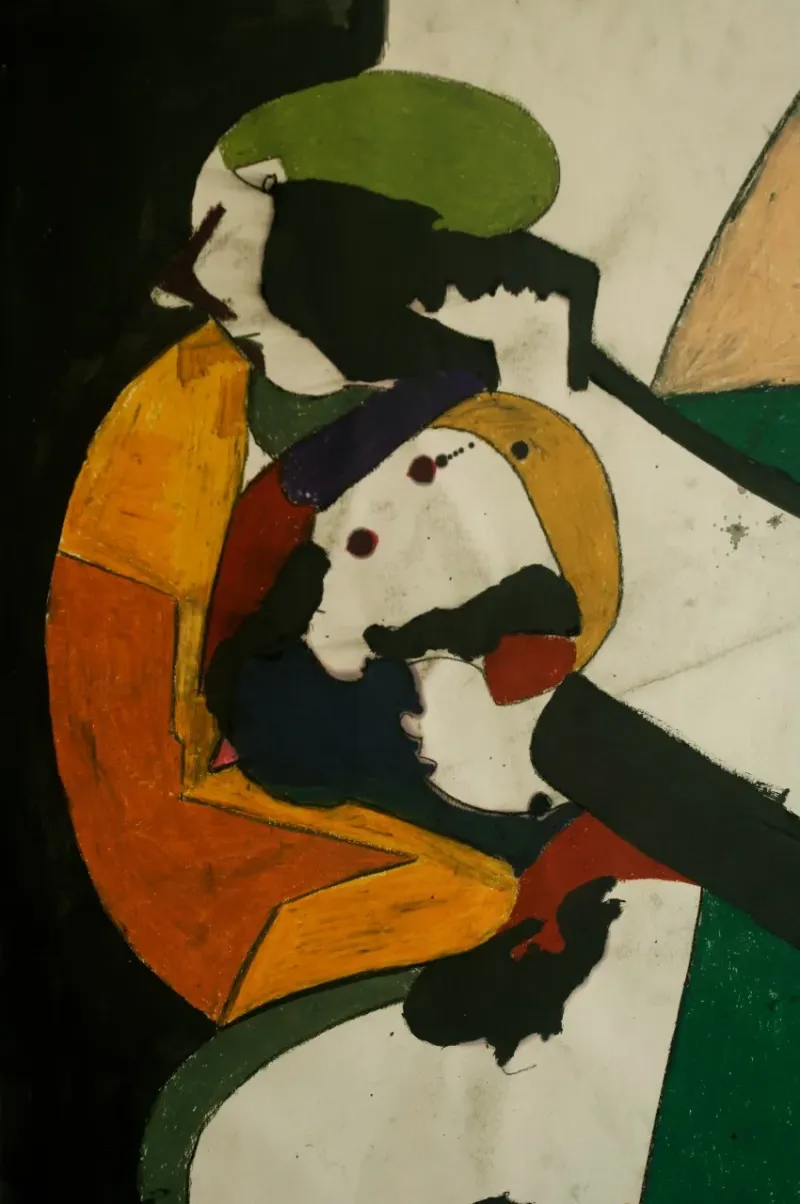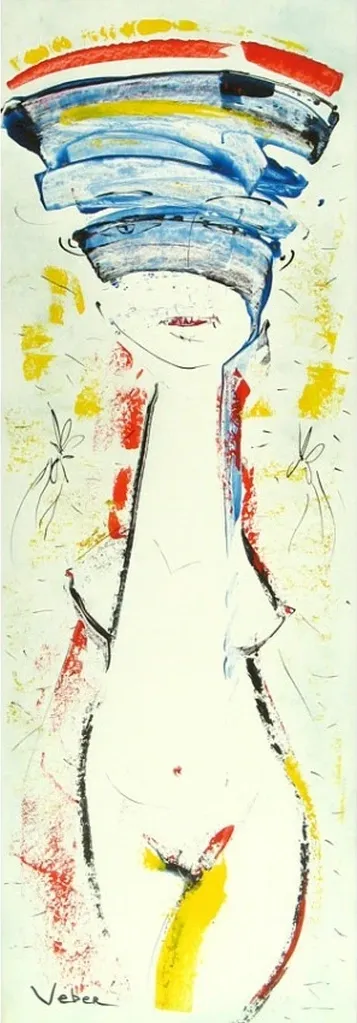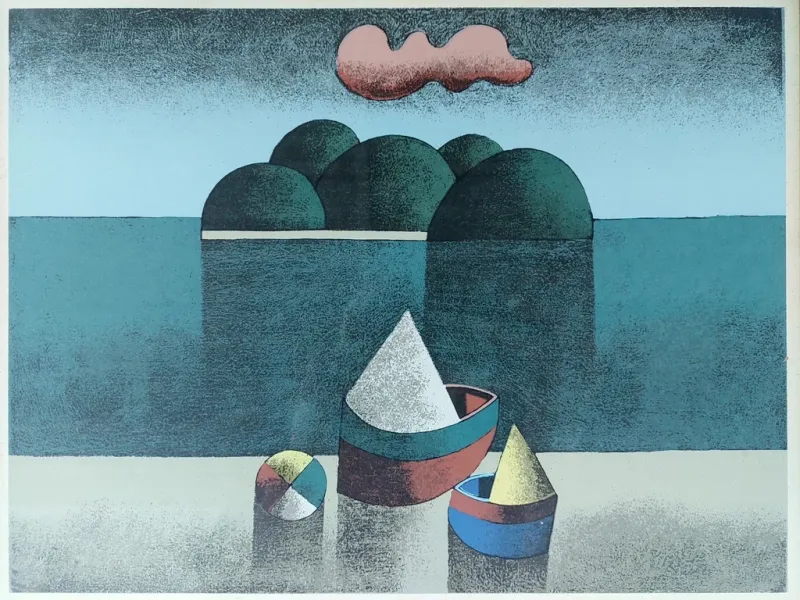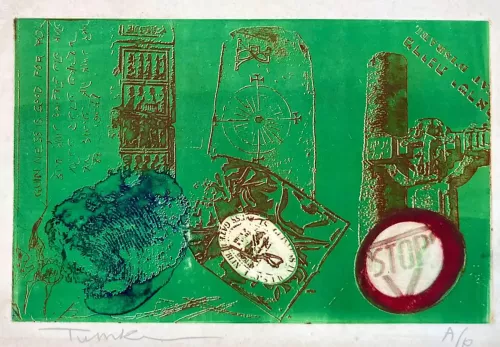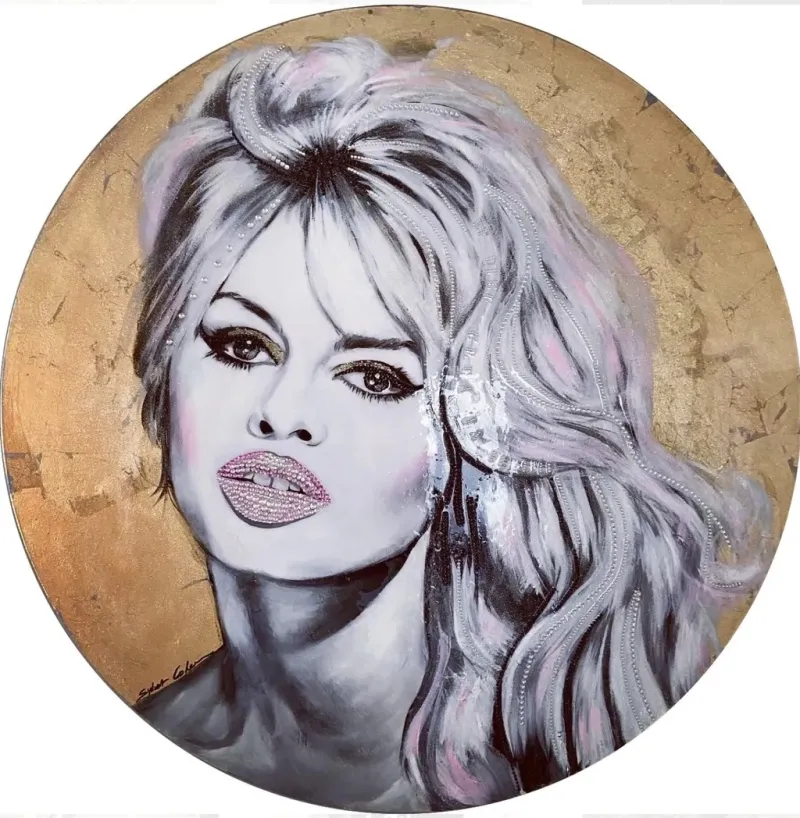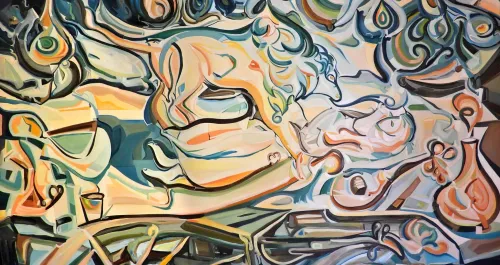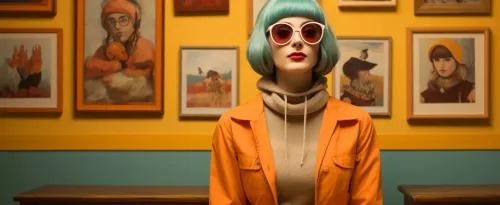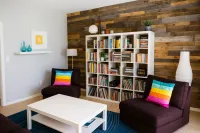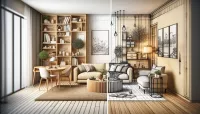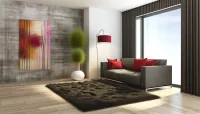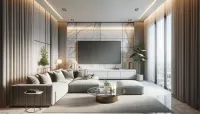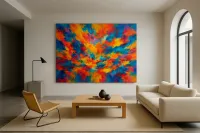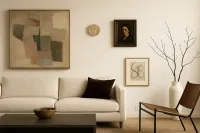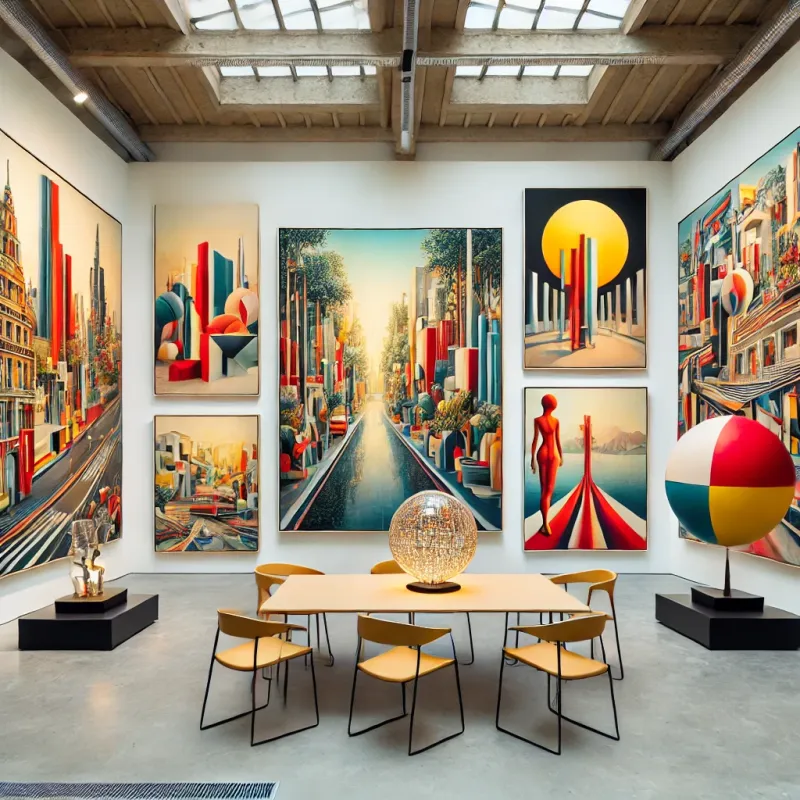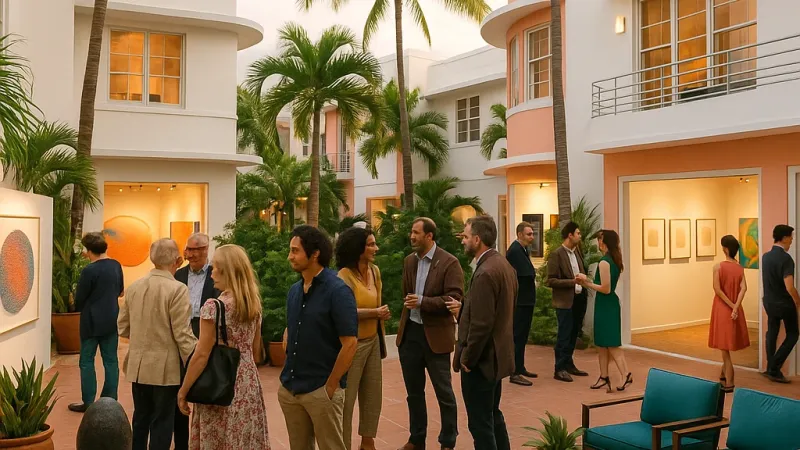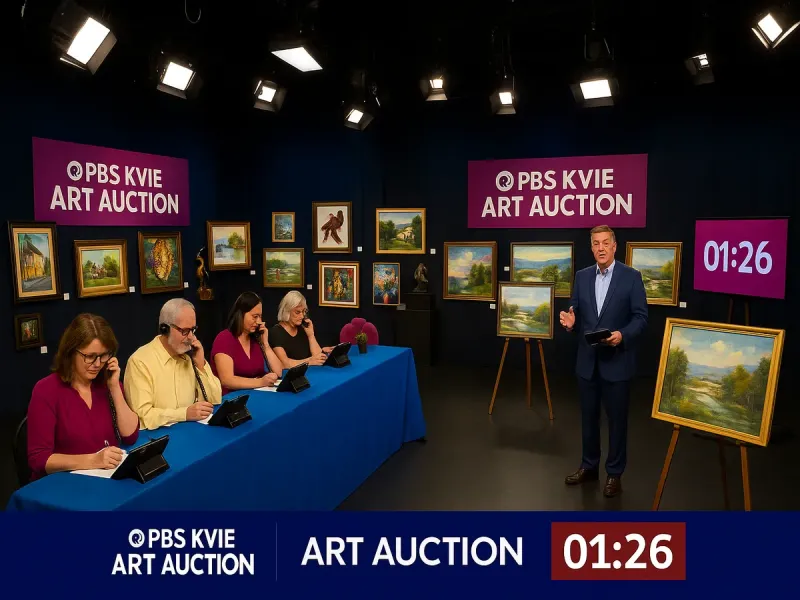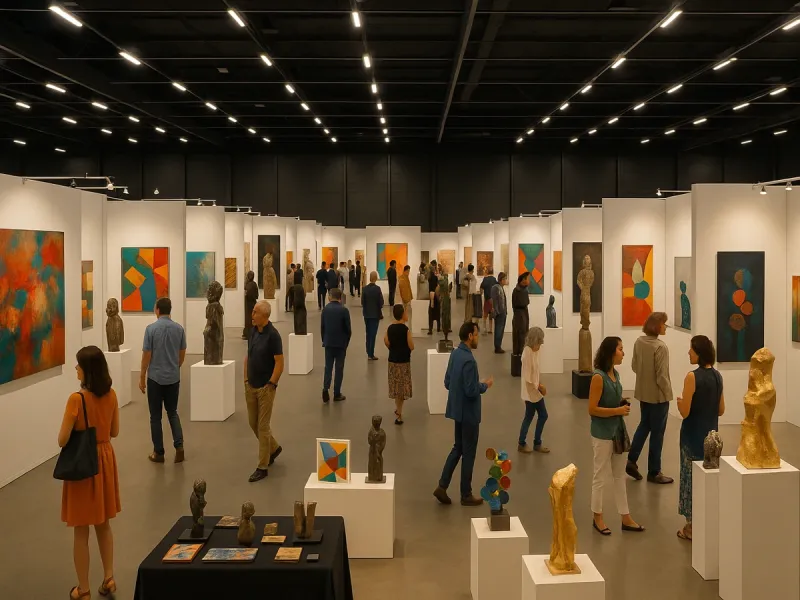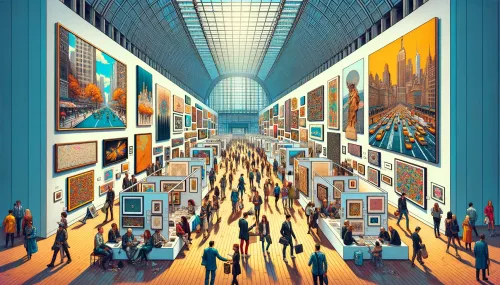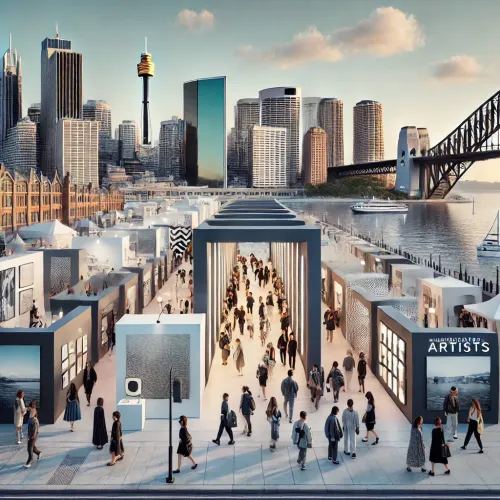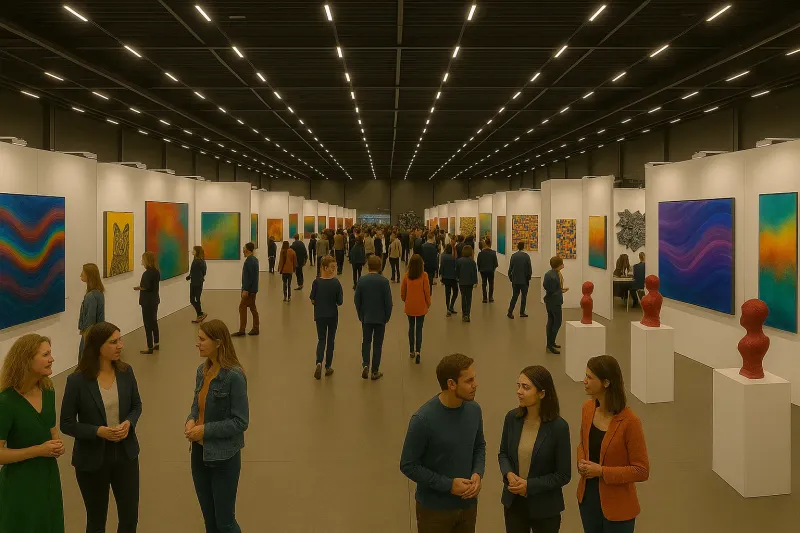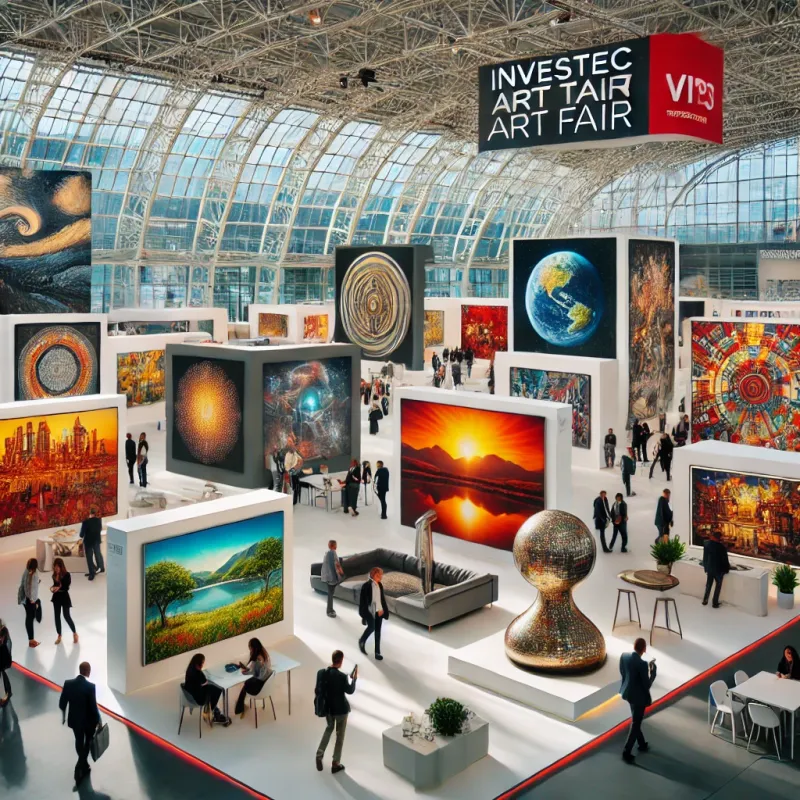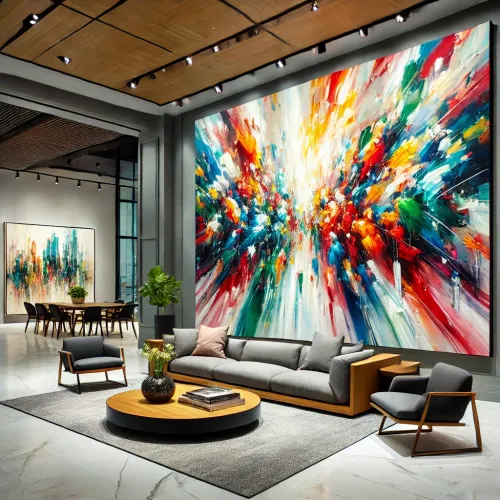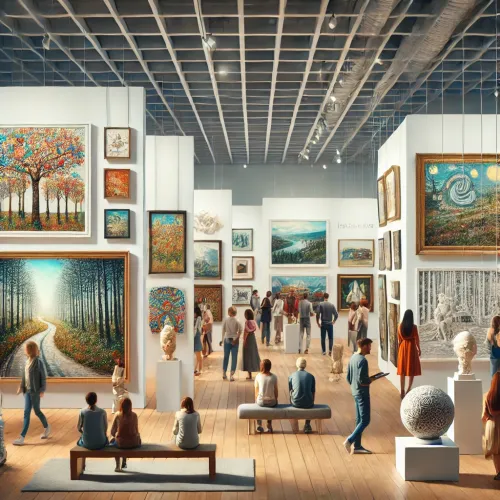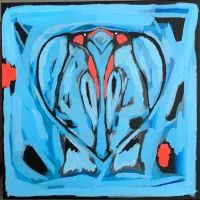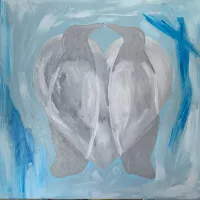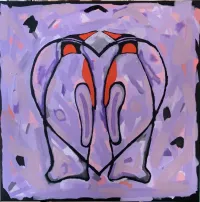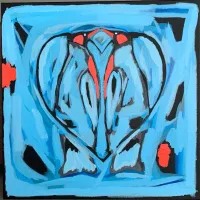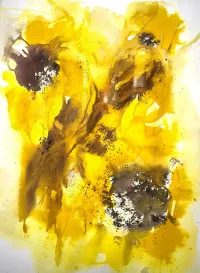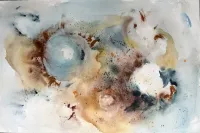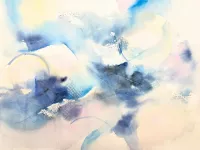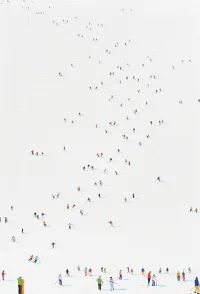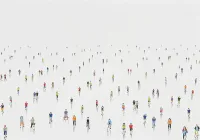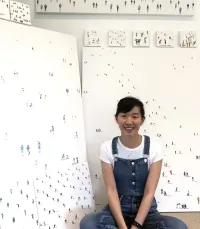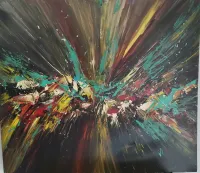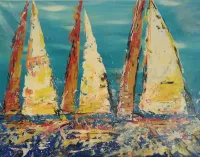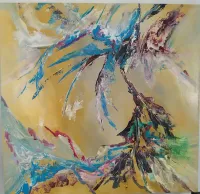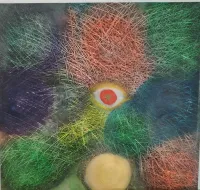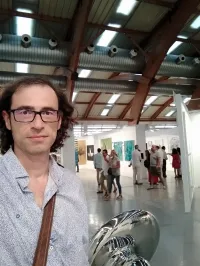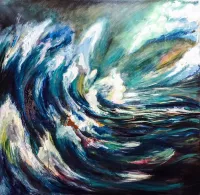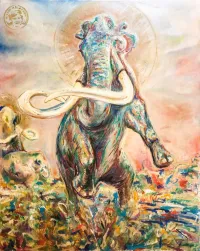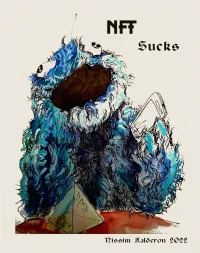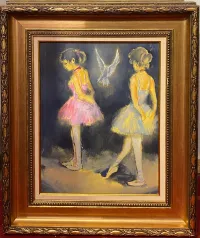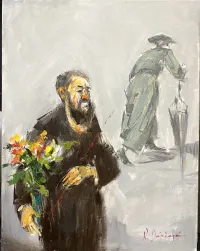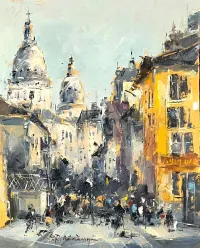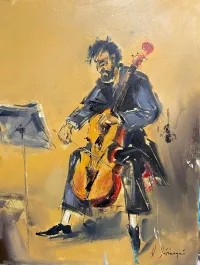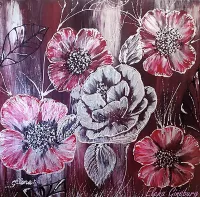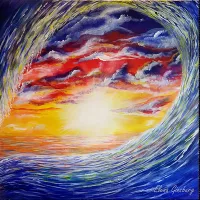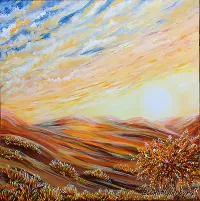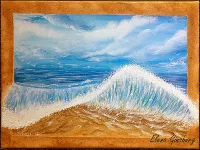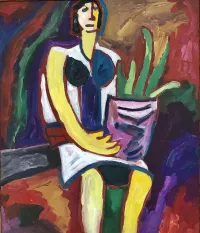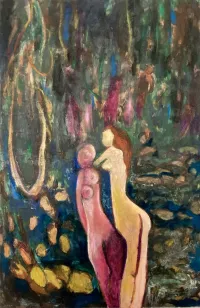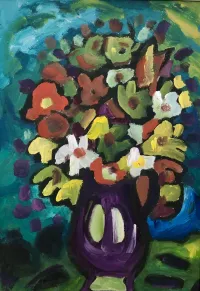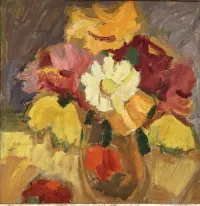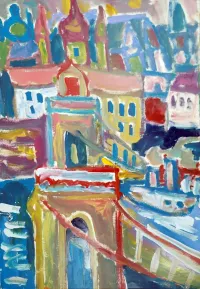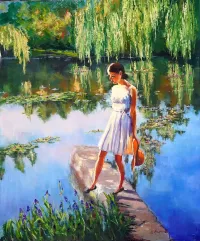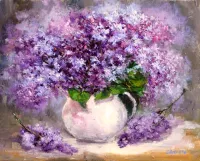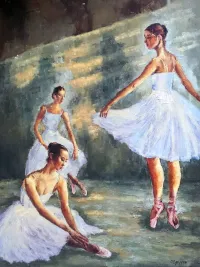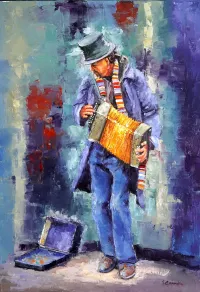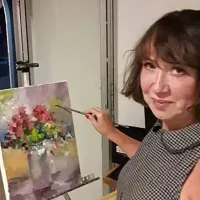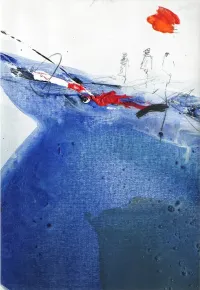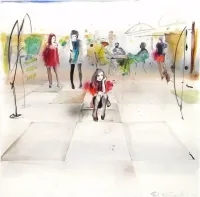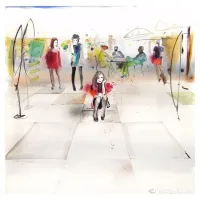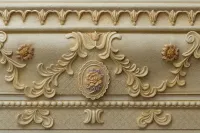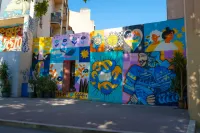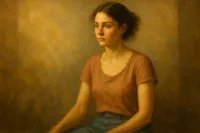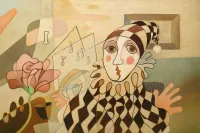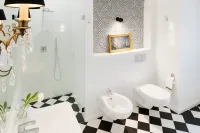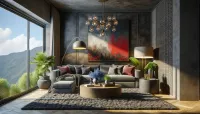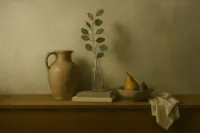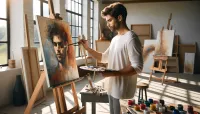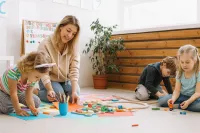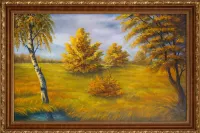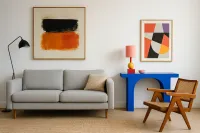Exploring the Allure of Textured Wall Art Canvas
Exploring the Dynamic World of Textured Art on Canvas: Techniques and Impacts
Published:
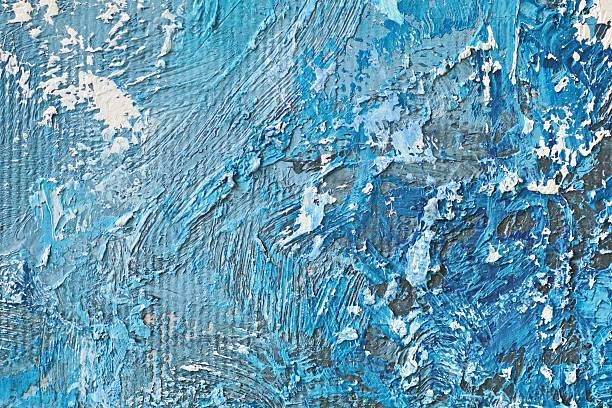 Exploring the Allure of Textured Wall Art Canvas
Exploring the Allure of Textured Wall Art Canvas
Exploring the Dynamic World of Textured Art on Canvas: Techniques and Impacts
Textured Art on Canvas
Textured artwork introduces physical dimensionality for visual interest by incorporating materials protruding from the surface. Natural or handmade textural elements like sand, plaster, and fabrics mixed into paint offer irregular shapes with uneven ridges casting shadows to make artwork come alive. Pieces flaunt unique topography adding tactile accent.
The Magic Behind Canvas Painting with Texture
A variety of media combinations achieve textured canvas art. Embedding objects, applying thick impasto techniques, stitching various substances, or using comb-like tools to create grooves. Contrasting matte and glossy sections also adds depth. Artists can incise, scratch, puncture or tear the surface too.
Smooth paintings suddenly transform into living, breathing skins with visual and physical texture for intrigue. Light striking textured zones create more dynamic interaction with dimensional forms on monochromatic or vibrant compositions to fully engage viewers.
Materials and tools artists use
Myriad materials lend unique texture effects:
Natural: twigs, leaves, sea shells, bark, seeds
Textiles: burlap, net, lace, felt, embroidery floss, yarn
Inorganic substances: plaster, glass chips, beads, pebbles, metal bits
Alongside brushwork, artists also utilize palette knives for impasto and sponges for absorption. Custom handmade stamp blocks or stylus tips also aid. These combine on-sized, primed canvas for texture dimensions.
Techniques to achieve varied textures
Varying aesthetic textural effects employ certain techniques:
Impasto: adding paint heavily
Collage: affixing items securely
Frottage/rubbing: transferring surface patterns
Scumbling: applying then partially removing paint
Glazing: layering diluted translucent mixes
Cross-hatching: etched criss-cross lines
Such methods allow embossing the canvas to communicate depth and surface prominence through light contrasts.
Textured Wall Art Canvas in Modern Homes
Texture artwork adds allure to home walls through its sculptural elegance and tactile attraction. Flowing textural compositions infuse energy into any personal retreat while accenting architectural lines. Natural earthenware hues and woven textures bring outdoorsy calm to urban settings.
Even small textural wall accents enhance blank spaces and highlight select furniture through enlivened surfaces. They maximize aesthetic joy.
The Concept of Visual Texture in Artwork
Beyond physical texture, the skillful illusion of textures also offers the eye and mind multi-sensory delight. The visual impression of texture relies solely on marks made with drawing tools, paints, or digital effects to mimic the actual texture's intricate patterns without applying any additional materials.
Artists may replicate the actual feel of stone, bark, velvet, etc convincingly through meticulous observation of light falling on the subject to render tonal nuances on the flat canvas that trick the eye into perceiving projections and depressions. This skill marks mastery.
From Traditional to Contemporary: The Evolution of Textured Art
Historically textured art appeared across Mexican mosaics, French tapestries, and Renaissance reliefs before Art Nouveau and Impressionists popularized more tactile painting. Post-modern artists like Anselm Kiefer went further by thickly applying not just paint but straw and clay for highly symbolic dimensions.
Digital technologies now also assist in generating virtual textures. But handmade art still valued for its organic sensitivity, remains popular as mixed media sculpture creations, building on traditional practices with novel global blends.
Caring for Your Textured Art Pieces
Preserve textured art by displaying it indoors away from direct light, heat, or moisture which can damage materials over time and cause paint to crack Framing behind glass shields texture from dust and grime. Securing canvas edges is equally important to prevent delamination and regularly inspect for bulging, bubbles, or pesky silverfish behind frame seams. Avoid touching fragile surfaces and swap places seasonally to distribute wear evenly. Handle with care!
Why Texture Continues to Captivate
The irresistible magic of texture springs from viewers delighting in depth, tactility, and intricate tonal patterns absent on flat blank surfaces that dominate modern environments. Textural transformation of a canvas from flat to sculptural through deliberate mark-making fulfills humanity’s primitive joy in creating and our endless curiosity for surface embellishment evident across visual culture through history. The allure promises enduring appreciation.


